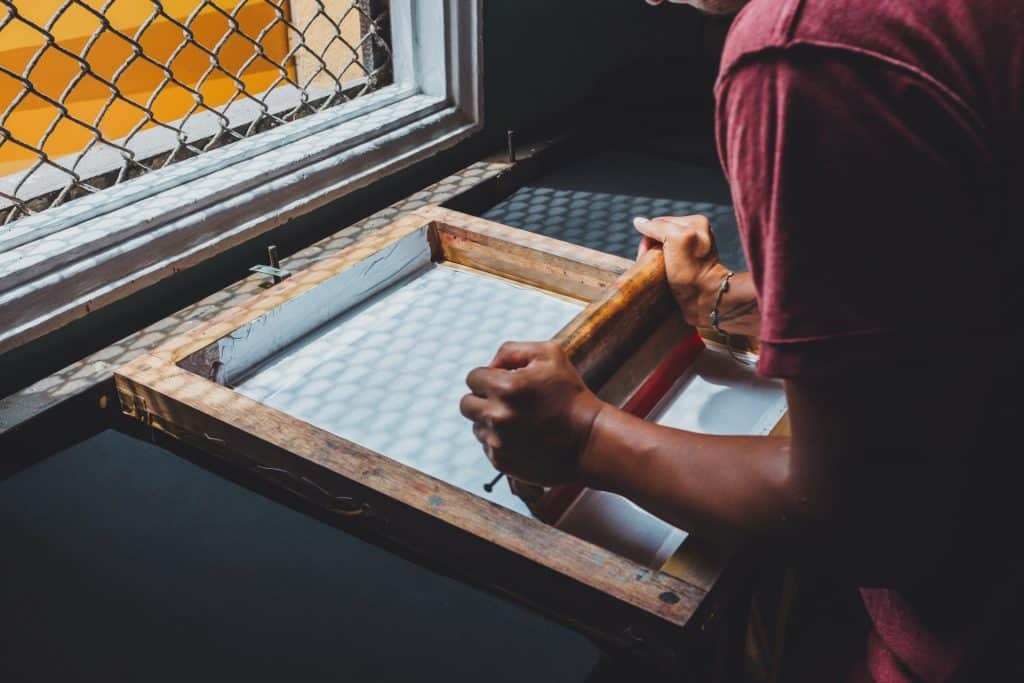Pros and Cons of Surface Patterning Via Screen Printing
Surface patterning is the general term used to describe any fabrication method for modifying a substrate with extremely fine precision. Producing detailed surface structures with microscale features is now a matter of course for scientists and engineers in a wide range of application areas. As with any new manufacturing paradigm, there are various technical routes for creating precision surface patterns. Selecting the best surface patterning method can subsequently be a difficult choice.
Screen printing is a common surface patterning method for metal coating solutions and has emerged as one of the best tools for patterning applications using metallic print materials. However, there is no such thing as a one-size-fits-all solution when it comes to surface patterning, and end-users should select their printing method with care.
In this article, we will quickly run through some of the pros and cons of surface patterning via screen printing.

Pros of Screen Printing
Screen printing is one of the oldest, thus most well-established surface patterning methodologies. Naturally, it also has a fairly simple workflow. You stencil a negative image of the desired pattern onto the substrate then overlay it with a porous mesh saturated with the deposition material. When used for metal coatings to create electrodes, the deposition material is usually a solution of metallic particles in suspension. This technique has several obvious benefits:
- High flexibility of print materials
- Ideal for simple designs
- Excellent for high surface patterning volumes
Cons of Screen Printing
The fact that screen printing has been around for so long indicates some clear drawbacks when compared with modern technologies. It is limited to low resolution features that lack of precision, and is associated with much higher material consumption (compared to modern vacuum deposition techniques). The features resulting from screen printing have high surface roughness, which makes it very difficult to obtain reproducible batch-to-batch fabrication. Additionally, organic materials remaining from the inks often create unwanted contamination. To summarize, the cons of screen printing include:
- Poor precision
- Hard to reproduce results (high batch-to-batch variation)
- Contamination from ink residues
Selecting a Surface Patterning Service
At Platypus Technologies, we offer custom metal coating services for academic and industrial users alike. With a dedicated team of PhD level engineers on-hand to assist with material characterization and surface functionalisation, we deploy the latest techniques to design and fabricate custom serves as per distinct customer specifications. Our dedicated Class 1000 cleanroom, photolithography workflow, and e-Beam thin film deposition ensure absolute repeatability and high-quality surface microstructures using a choice of high purity (>99.99%) metals and substrates. We carry out surface patterning via photolithography and shadow masking. These methods carried out under cleanroom conditions are high-technology grade patterning processes, yielding surfaces with exceptional precision, excellent batch-to-batch reproducibility, very low roughness, and high purity.
Interested in more information about our surface patterning services? Contact us today to learn how Platypus Tech custom metal surfaces may exceed traditional screen-printed alternatives.